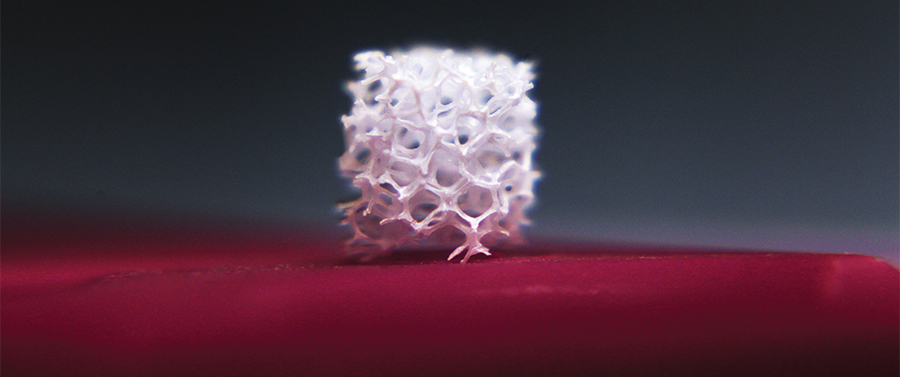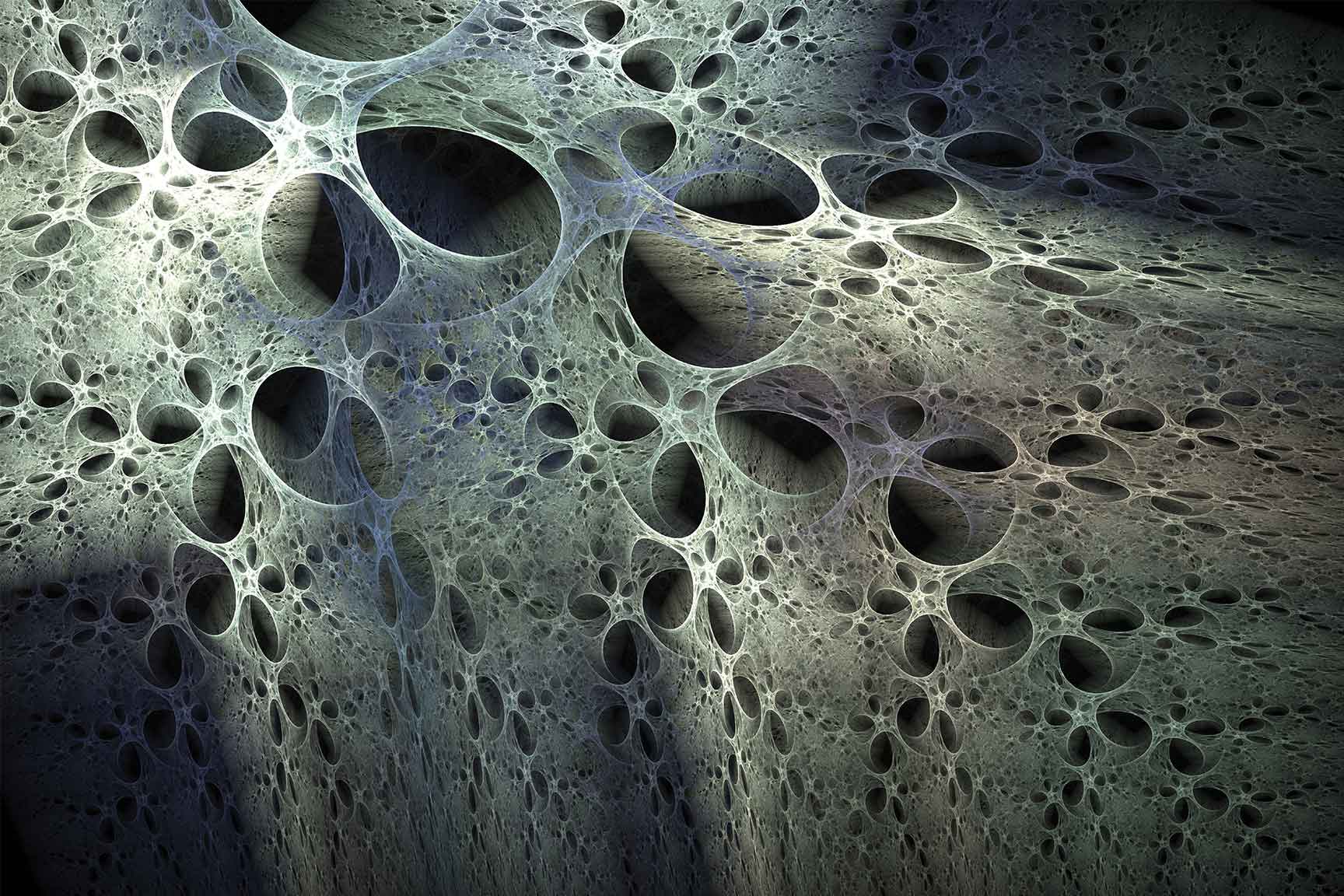


What do hydroxyapatite and mammalian bones have in common? Quite a lot actually, and it is through these common bonds that research students like Claudio Macias hope to regenerate new tissues and bones.
Macias, a double major in biology and mathematics, joined Dr. Anson Ong’s biomedical engineering lab through the MARC U*STAR (Minority Access to Research Careers - Undergraduate Student Training for Academic Research) program at UTSA which focuses on a limited number of research topics, pertaining primarily to biomaterials, drug delivery mechanisms, and tissue engineering.
“My interest in regenerative medicine led me to get involved in this research,” Macias explained. “I chose tissue engineering because I am fascinated with the idea of regenerating organs or perhaps even growing an organ in the laboratory.
“One of my current projects deals with creating scaffolds of hydroxyapatite, a calcium phosphate mineral that is chemically similar to the biological apatite found in bone. This mineral will be coated with collagen, a structural protein naturally found in the extracellular matrix of tissues, to improve the biological activity of our scaffolds, and to give them a better ability to bear loads,” he went on to say.
As research advances at UTSA, a growing number of students are spanning the boundaries between disciplines and majors. Biomedical engineers often work closely with mechanical engineers in the development of artificial limbs, so it is only natural that they also work with biology researchers. This multi-disciplinary approach to research not only advances the work being done in the labs, but it also provides students with new ways to view their own scientific paradigms.
“Like many other UTSA undergraduate students,” Ong explained, “Claudio is setting a new trend by performing applied research in multidisciplinary programs like biomedical engineering (BME). These students understand that learning extends beyond the classroom environment. They benefit greatly from such research experiences because they are exposed to state-of-the-art technologies in research labs and the latest knowledge in the field of their interest. And many of these undergraduate students are augmenting their research experience through summer research programs beyond UTSA. In Claudio’s case he does his research during the academic year in the BME lab at UTSA and his summer research at Johns Hopkins University School of Medicine and Massachusetts Institute of Technology.
“During my time here at UTSA, I’ve seen our undergraduate students become more inquisitive in their quest for new knowledge. This indicates a change in culture in the undergraduate student population toward research and learning, as well as a move for UTSA towards achieving Tier One status.
” “I think it is very important for undergraduates to conduct research because it gives them an idea of what graduate school is like,” added Macias. “In the lab, I can conduct my own experiments, go through problem solving and critical thinking processes, and really develop an understanding about what I am doing. When it comes to engineering, I like that fact that I can apply the basic knowledge of science to solve real-world problems. Engineers create a device and make sure it is functionally efficient. As a biologist, however, I can see how well the device works within the physiology of the intended recipient.”
—Randy Lankford